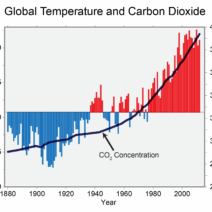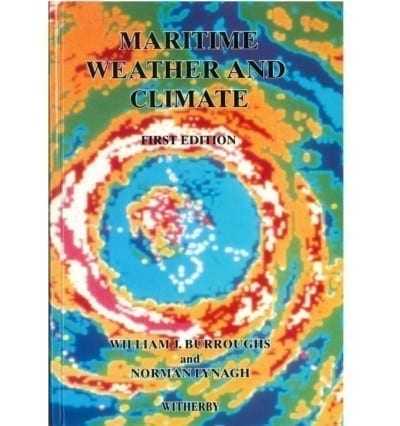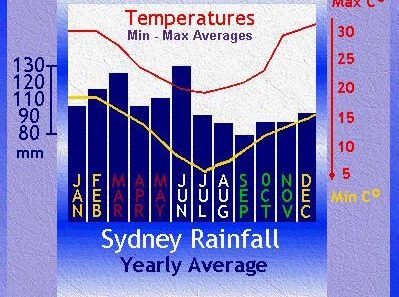Maritime climate refers to the unique weather patterns observed in coastal areas influenced by nearby oceans and large water bodies. This climatic phenomenon is essential to understand as it plays a pivotal role in determining local weather conditions, agriculture, and ecological balances. The ocean, with its vast expanse, significantly impacts temperature, humidity, precipitation, and prevailing winds, thereby shaping the maritime climate.
One of the most notable characteristics of maritime climates is moderate temperatures. Coastal regions with a maritime influence experience less extreme temperature fluctuations than inland areas. This temperate behavior occurs due to the high specific heat capacity of water. Oceans heat up and cool down more slowly than land, resulting in milder winters and cooler summers. For example, a location like San Francisco enjoys a more stable climate compared to its less temperate inland counterparts. This stability fosters diverse ecosystems and cultivates agricultural patterns well-suited for various crops.
Another significant aspect of maritime climates is humidity. Oceans are natural reservoirs of moisture, and this moisture is evaporated into the atmosphere, contributing to higher humidity levels in coastal regions. As a result, places marked by maritime climates tend to have greater precipitation, particularly in the form of rain. Moreover, the proximity to the ocean allows clouds to form more easily, leading to consistent rain patterns and a more lush environment. Regions such as the Pacific Northwest of the United States exemplify this phenomenon, where frequent rainfall nourishes dense forests.
In addition to temperature and humidity, the influence of the ocean extends to atmospheric pressure systems and wind patterns. The interaction between the warm ocean waters and cooler air above leads to the formation of specific wind currents that can dictate local weather conditions. For instance, the prevailing westerlies, which originate from the oceans, can influence storm patterns and weather fronts. The complexity of these interactions ensures that maritime climates are often more dynamic than their continental counterparts.
Different maritime climate types can be classified based on their geographical boundaries and specific characteristics. One well-known type is the temperate maritime climate, often found along the western coasts of continents. These regions boast mild winters, moderately warm summers, and abundant rainfall, nurturing a variety of plant and animal life. On the other hand, tropical maritime climates, frequently found near the equator, are characterized by warm temperatures year-round and high humidity with significant rainfall. The Caribbean islands serve as prime examples of this climate type, providing warm breezes and tropical vegetation.
Conversely, cooler maritime climates, such as those seen in the North Atlantic region, experience colder coastal waters that influence atmospheric temperatures. These areas often witness more severe weather events, including storms and blizzards, particularly during winter months. Understanding these diverse climatic conditions is crucial for predicting weather patterns and preparing for environmental phenomena.
Another fascinating aspect of maritime climates is their implication for biodiversity. Coastal regions tend to have greater biological diversity than many terrestrial ecosystems due to the unique interplay of land and ocean. The nourishment provided by coastal waters allows various species to flourish, leading to rich marine and terrestrial habitats. Coral reefs and mangroves provide critical shelter for countless marine species, while nutrient-rich coastal upwellings support fishing industries that contribute to local economies. In this sense, the maritime climate sustains not just the environment but also human livelihoods.
Climate change poses a significant threat to maritime climates globally. Rising sea levels, increasing temperatures, and changing precipitation patterns affect both terrestrial and marine ecosystems. Coastal communities are particularly vulnerable to these changes, facing risks such as flooding, erosion, and habitat loss. The integration of adaptive measures and sustainable practices is imperative to mitigate these impacts. Resources can be harnessed from maritime climates effectively while protecting and preserving these ecosystems for future generations.
Research on maritime climates is evolving, driven by increasing attention to climate change and its multifaceted effects. Scientists are studying phenomena such as ocean currents, atmospheric interactions, and the role of oceanic temperatures in weather dynamics. These investigations enhance our understanding of climate systems and facilitate the development of predictive models. These models will enable policymakers to better prepare for climate-related challenges, ensuring that coastal communities remain resilient.
In conclusion, maritime climates represent a complex and interwoven relationship between the ocean and the atmosphere. Understanding the intricacies of this climatic framework is vital for predicting weather patterns, conserving biodiversity, and safeguarding human interests. Awareness of climate change implications is imperative as the world confronts unprecedented environmental challenges. It is essential not only to comprehend maritime climates but also to take purposeful action in protecting our vulnerable coastal ecosystems.








